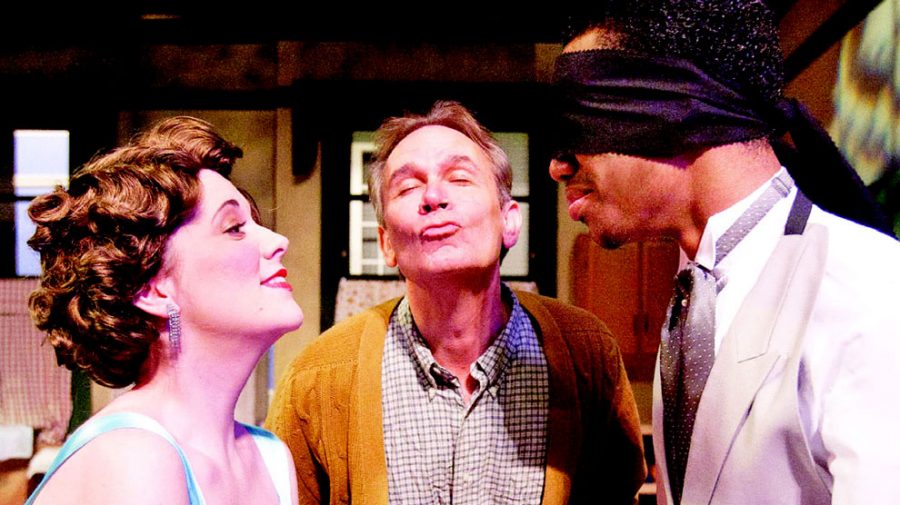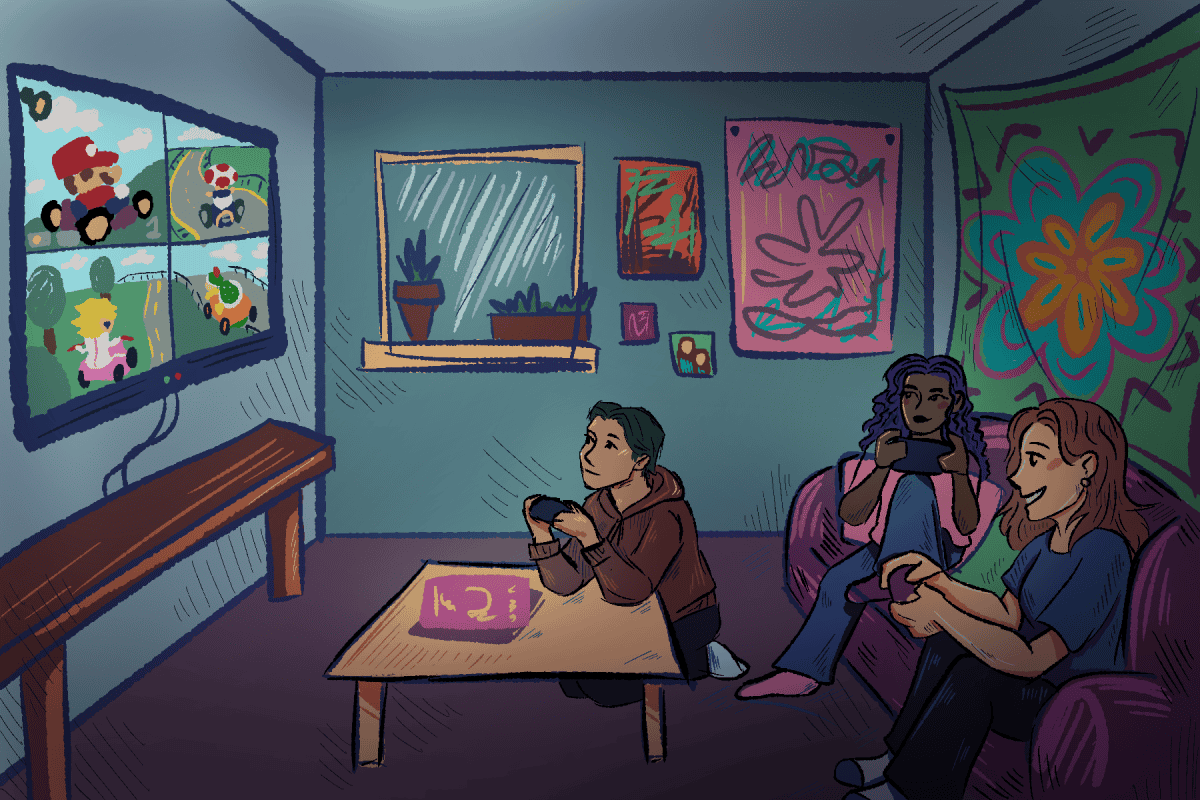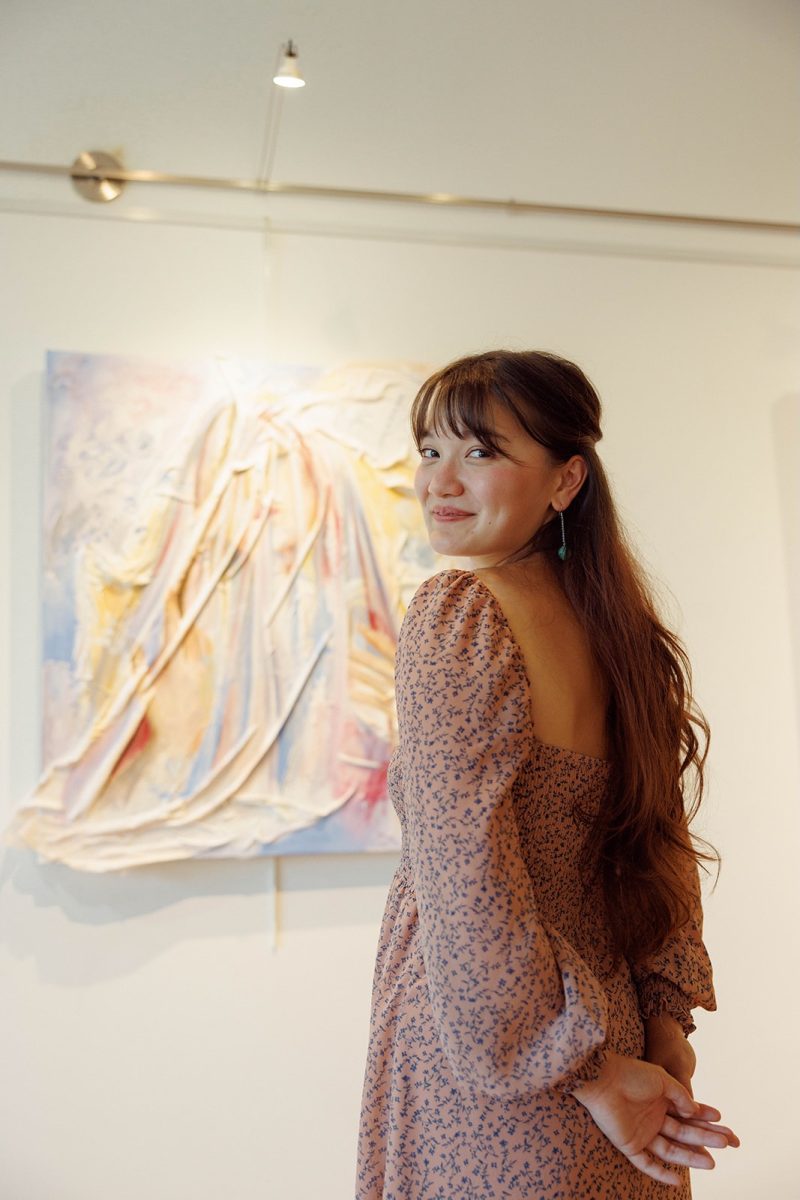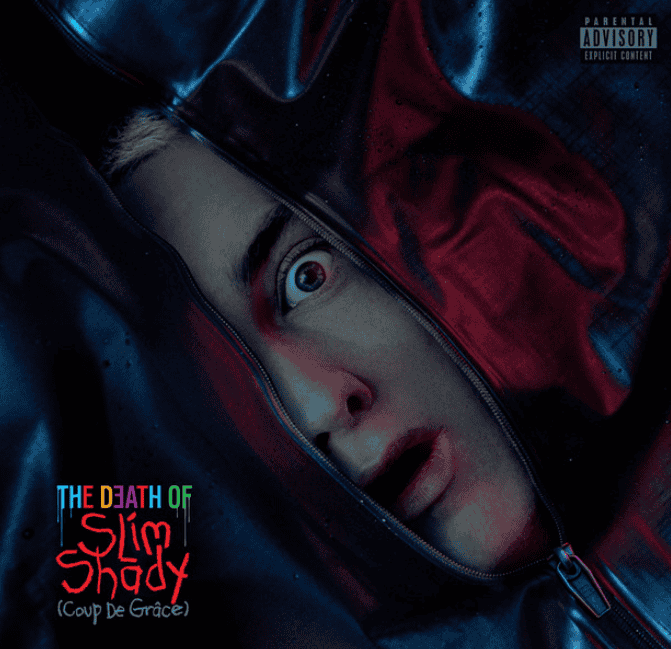“I hate theatre. Well, it’s so disappointing, isn’t it? You know what I do when I’m sitting in a darkened theatre waiting for the curtain to rise? I pray. Dear God, please let it be a good show.”
Yes, this is the main character of a musical talking. That’s right, a musical.
The first time I saw “The Drowsy Chaperone” was in New York City in 2007, its opening year on Broadway and my junior year of high school. The second time was here in Tuscaloosa, at Shelton State’s Bean-Brown last Saturday night. Both nights, the audience roared with laughter.
Why all the laughs? Because “The Drowsy Chaperone” was written with both musical lovers and haters in mind. It’s the show’s entire premise, to poke fun at the classic 1920s musical and its over-the-top acting and go-to character types.
Here’s how the show works: The main character, known to the audience as Man in Chair, speaks directly to the audience throughout the entire show.
When the lights go up, he asks, “How are we today?” before going on to explain that he feels blue, and when he feels blue, he likes to escape to the glamorous, carefree era of the 1920s – which he does by listening to his music.
He then proceeds to play his favorite musical, “The Drowsy Chaperone,” a fictional musical from the 1920s, as audience members watch the musical unfold before their eyes (while the Man in Chair pauses to comment on the acting and lyrics and to share random bits of trivia about musical theatre).
What’s funny is that the entire musical is itself a parody of musicals. The acting, lines and lyrics are all intentionally (and doubly) over-the-top, while the Man in Chair interrupts the musical constantly (and causes the actors to freeze in mid-air) in order to poke fun of the very same musical he claims to adore. Songs like “Show Off” and “Love Is Always Lovely In the End” only drive the point home further.
The other great thing about “The Drowsy Chaperone” is that it provides an escape for an entire generation of theatre-goers who, like the Man in Chair, often feel “blue” for no particular reason at all. The audience is quietest near the end, when the performance-within-a-performance is interrupted by a series of phone calls and knocks on the Man’s door.
To an almost silent theatre, he says, “It was ruined… One note away from the end of the show, and it was ruined… It’s so frustrating. You have to understand, I love this show so much…
“I know it’s not a perfect show…[but] it does what a musical is supposed to do; it takes you to another world. And it gives you a little tune to carry with in your head. Something to take you away from the dreary horrors of the real world. A little something for when you’re feeling blue. You know?”
I’ll leave you with this: I, just like the girl sitting in front of me, dragged my musical-wary boyfriend to the show on Saturday night. I know the girl in front of me did the same thing because I heard her telling the boy next to her, “It’s so great. You’re going to love it,” just like I was telling mine just a few hours before.
“We’ll see,” he said.
Not only did we laugh through the entire show, but the boys did, too. And in the end, even the musical haters left the theatre saying, “That was pretty good. I enjoyed that.” And isn’t that what it’s all about?







